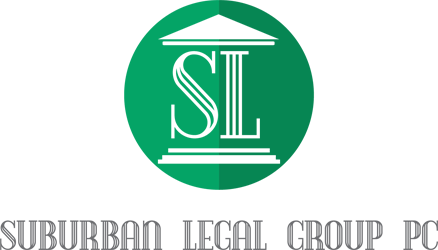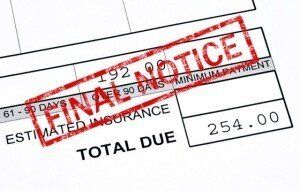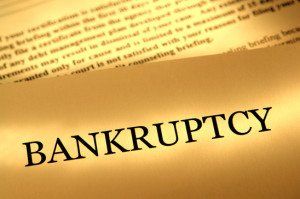Bankruptcy Timeline
Filing for and completing the bankruptcy process is a long and complicated journey, and the bankruptcy timeline may take more than six months to complete. If you decide to file for bankruptcy, you will likely need to speak with a lawyer to start the process because there are so many steps involved.
Not only must you navigate the court system during your bankruptcy proceedings, but you may also need to communicate with several companies that own debts that you owe. If you have a lot of debts from many creditors, the bankruptcy process may become overwhelming, and you may not even reach a point where your bankruptcy is considered complete.

Before You File
One of the most important parts of the bankruptcy timeline is what happens before you ever file any bankruptcy paperwork. It’s important that you don’t try to pay any personal debts to friends or family during the year before you file for bankruptcy because the court may actually take back that payment and apply it to one of your official creditors.
For filers in Illinois, the court requires that you are a resident of the state for at least 90 days before you file. The court will also frown upon any new credit accounts or luxury purchases made in the months before your bankruptcy filing.
When You File for Bankruptcy
When you file your bankruptcy petition with the court, a “stay” will be put in place to prevent creditors from taking additional actions regarding the collection of debts. The court will create a bankruptcy estate, as well as appoint a trustee to the case. A bankruptcy estate is a list of all non-exempt property owned.
A few weeks after you file for bankruptcy, you’ll need to provide several pieces of information to the court that include a list of your assets with documentation, a list of your liabilities, your regular expenses, and your income. Your creditors will also all receive a Notice of Commencement of Case that will let them know about the meeting of creditors.
The Meeting of Creditors and the Statement of Intention
One of the important events in a bankruptcy case is the meeting of creditors, which is usually held around a month after the case is filed. The meeting is usually an informal event, but it’s mandatory that you attend the meeting even if all your creditors aren’t in attendance.
A few months after the meeting of creditors, they will have the chance to object to discharging any debts listed in the bankruptcy petition. Some of the reasons a creditor might object include fraud, stealing, or divorce proceedings.
In addition to the meeting of creditors, you must also create a Statement of Intention, which will clarify to the bankruptcy trustee whether you want to keep any of your property or whether you will give the property to the creditors. A few weeks after the case is filed, you must also create a statement for the court that explains your expected income over the next year.
How Long Does Bankruptcy Take?
Your overall bankruptcy timeline should take anywhere from four to six months, but you may encounter a longer bankruptcy timeline if there are any problems with your case or if there are any objections from your creditors. Your timeline may also last longer if you have property that the trustee must sell or if the trustee asks you to provide additional information or documents.
Do You Want to File for Bankruptcy?
Would you like assistance from an experienced legal bankruptcy professional? Contact Suburban Legal Group for assistance with all matters relating to bankruptcy. A consultation is the first step in figuring out whether bankruptcy is right for you and your family.
DISCLAIMER: All information on this website is provided for informational purposes only and is not intended to be construed as legal advice. Suburban Legal Group PC shall not be liable for any errors or inaccuracies contained herein, or any actions taken in reliance thereon.

















